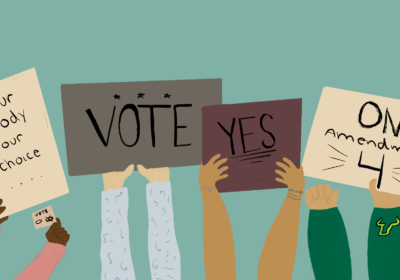Ease of access to Adderall is cause for concern
As the demands of higher education become increasingly competitive, students continue to use prescription drugs such as Adderall for an additional advantage. A recent New York Times article, Risky Rise of the Good-Grade Pill, has sparked a revived interest in prescription drug abuse in schools and colleges.
The underlying issue, however, lies in the increasing ease of access to such medications, which must be curtailed.
It is surprising that, despite a reported increase, the National Institute on Drug Abuses Monitoring the Future study, which has been gathering information about drug abuse in these demographics since 1975, has not noticed any peak in abuse.
According to the study, in 1981, 32 percent of high school seniors had taken such a drug inappropriately and 1.2 percent were using a prescription amphetamine or Ritalin daily. In 2011, those numbers are significantly lower, at 12 percent of high school seniors reporting having used such a drug inappropriately while only 0.4 percent reported daily use.
Nevertheless as indicated by the accounts in the Times article students do resort to amphetamines (Adderall) and methylphenidate (Ritalin) so they can focus.
The problem is not only that students find the need to resort to these drugs, but also that the drugs are so easily accessible.
These drugs are prescribed for attention deficit hyperactivity disorder (ADHD), and, according to IMS Health in 2011, there are currently 21 million prescriptions for them given to people of ages 10 to 19. This amount is a 26 percent increase since 2007.
While the increase in prescriptions could be due to increased availability of medical technologies that allow professionals to better diagnose ADHD, some of the change may be attributable to the fact that the prescription is being given out more easily, presenting those who seek the drugs for purposes aside from ADHD control an opportunity to access the drug.
Anecdotes in the Times article claim that obtaining a prescription for the drug was as easy as claiming the inability to pay attention, combined with an occasional distracted glance out of the window.
According to the Drug Enforcement Association, prescription stimulants like Adderall are Class 2 controlled substances. Not only are they among the most addictive substances, but they are also in the same class as cocaine and morphine.
The easy accessibility has led to a shortage of Adderall, which has led to the production of counterfeit drugs that claim to mimic its effect. The FDA late last month issue a warning about one such counterfeit that uses the wrong active ingredients.
Precautionary steps must be taken to ensure that the statistics do not, in fact, rise.






